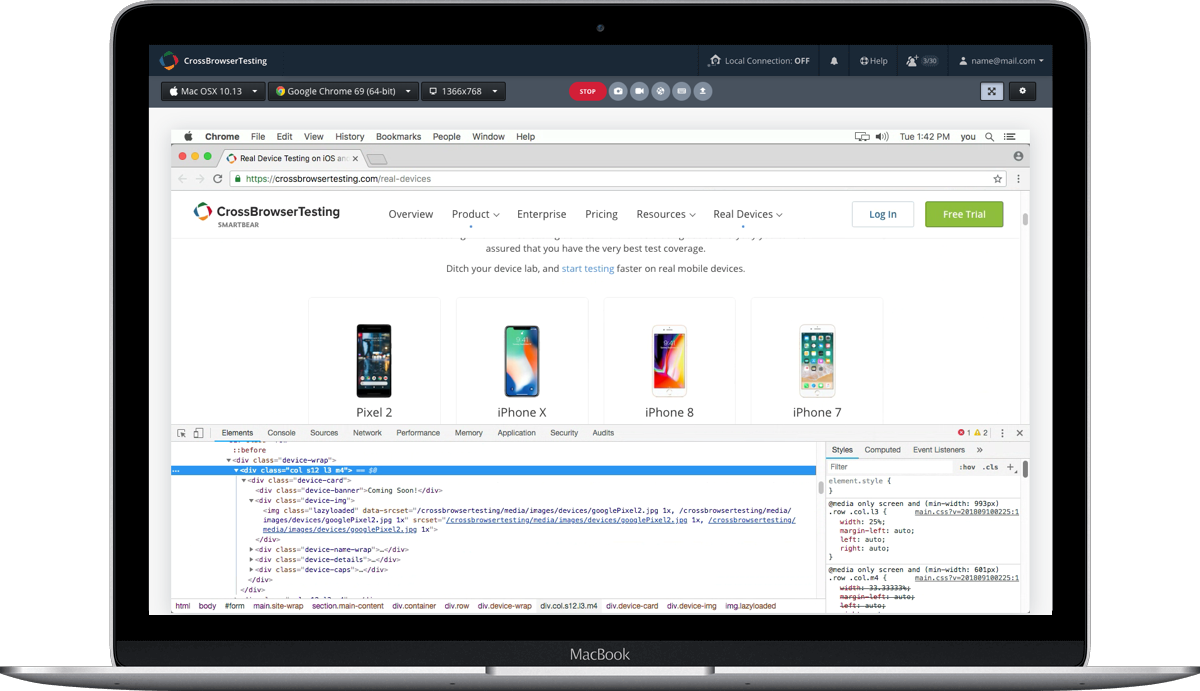

The trick is that we have to use the Browser Dev tools and the mobile device emulation that comes for free in the browser. We have to use a little trick to enable it.

From my Desktop browser, rather than mobile app. I have recently been using the Instagram application functionality i.e.

Simulate motion and device orientation with alpha, beta & gamma statesįonts sizes (especially REM sized fonts) are scaled appropriately Use a specific LAT LONG or toggle position unavailable Touch events are emulated in place of click events For example, the same icon is 100x100 on iOS and 50x50 on a desktop.ĭevice-specific User Agent override the default Modern iOS devices have a higher pixel density than the typical desktop monitor. The viewport reflects the screen size of the device Specifically iPhone and iPad emulation.įind Developers Tools > JavaScript Consoleįind Developers Tools > JavaScript Console > Emulation > DevicesĬhrome is not a replacement for XCode’s iOS Simulator but Chrome emulates some very useful things for us: Property So in a recent release of Chrome, I was quite happy to see device emulation added to the developers console. Quicker turn around between writing & testing code.But the more work we can keep in a web browser, the easier it is for the team. We always need to get our hands dirty in XCode for the tricky bits. Often we’ll leverage the Cordova / PhoneGap platform and a few tricks to jack up the performance of the WebViewUI.Īnd when using Cordova / PhoneGap, our development starts in a web browser and finishes in XCode.


 0 kommentar(er)
0 kommentar(er)
